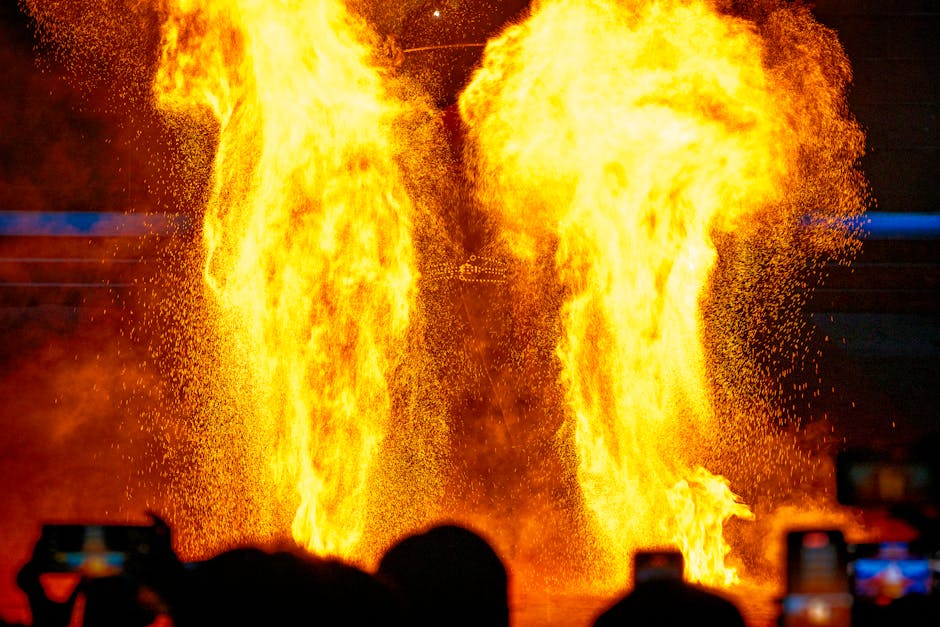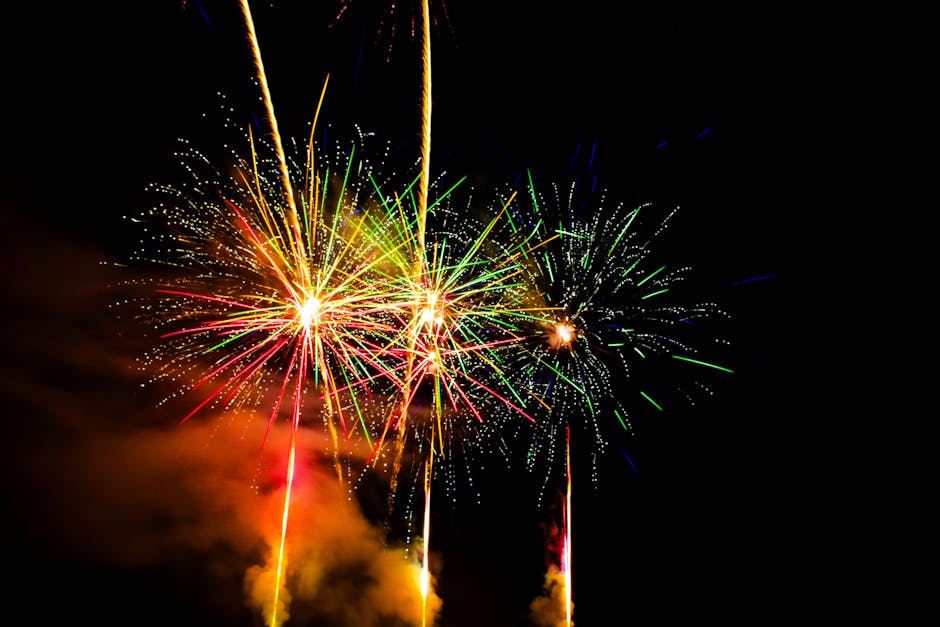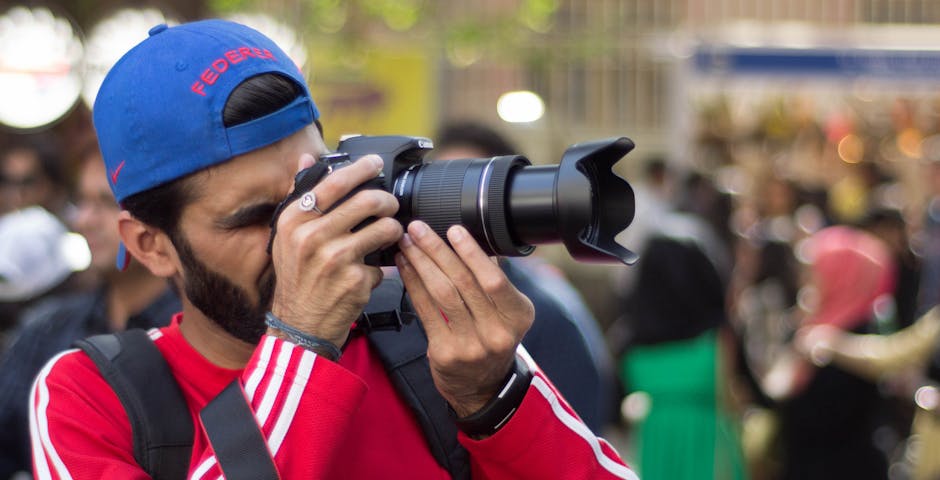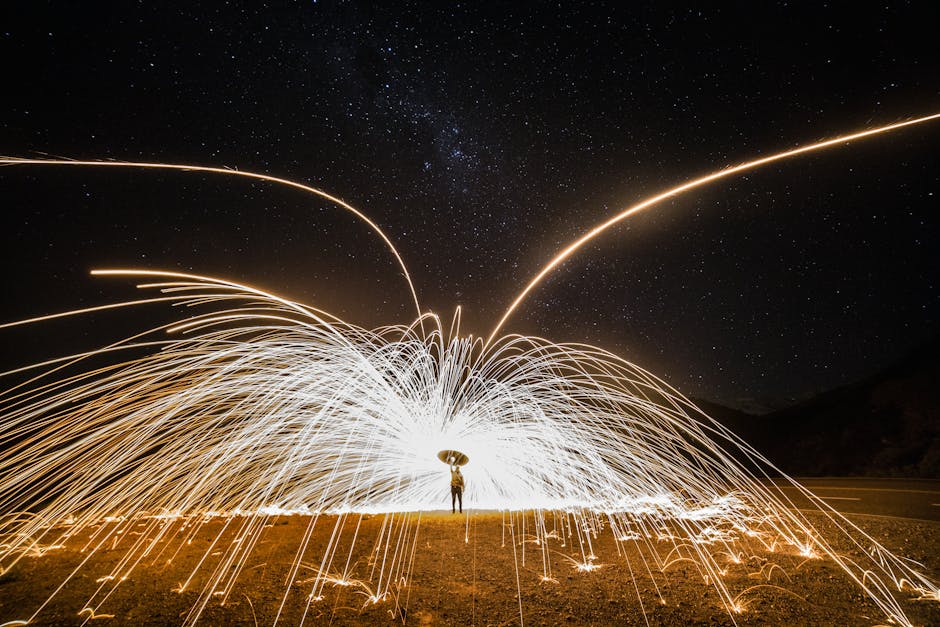-

Top Tips for Professional Product Photography Success
Capturing high-quality photos is essential for showcasing products in the…
-

Must-Have Event Photography Tips for Every Occasion
otography is top-notch, here are some must-have tips for every…
-

The Art of Capturing Emotions: Portrait Photography Tips
essiona or a beginner, these portrait photography tips will help…
-

Must-Have Tips for Stunning Event Photography
Capturing memorable moments through event photography is an art that…